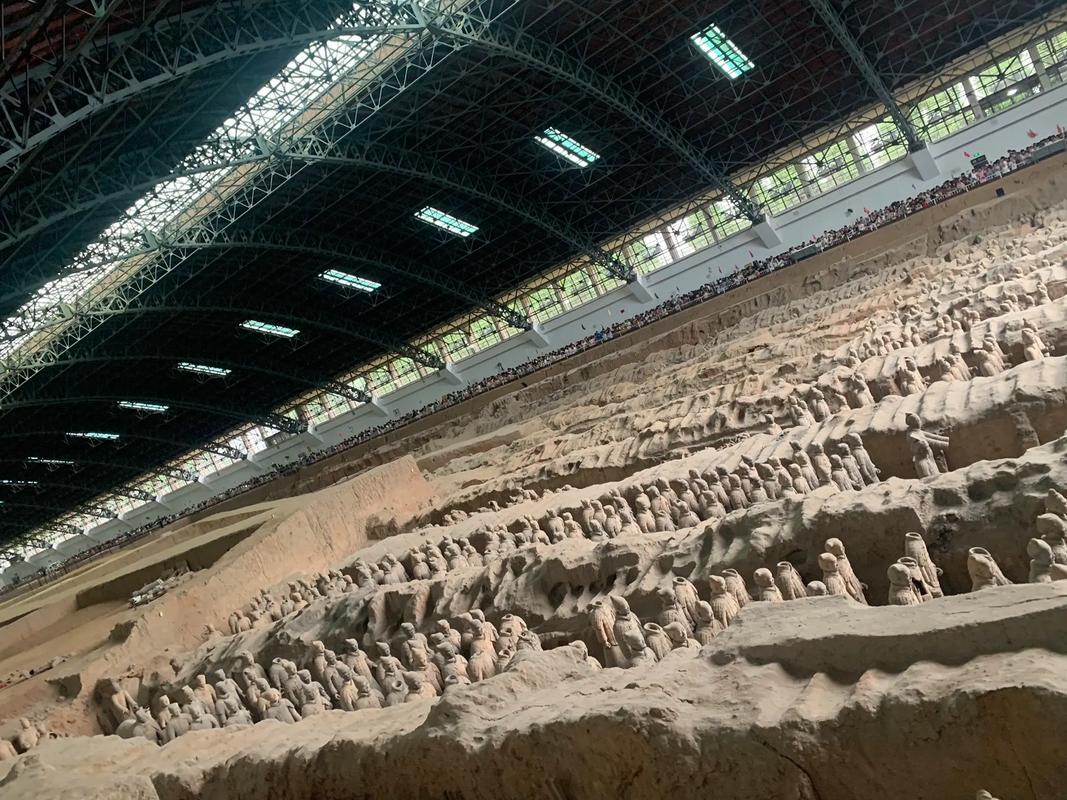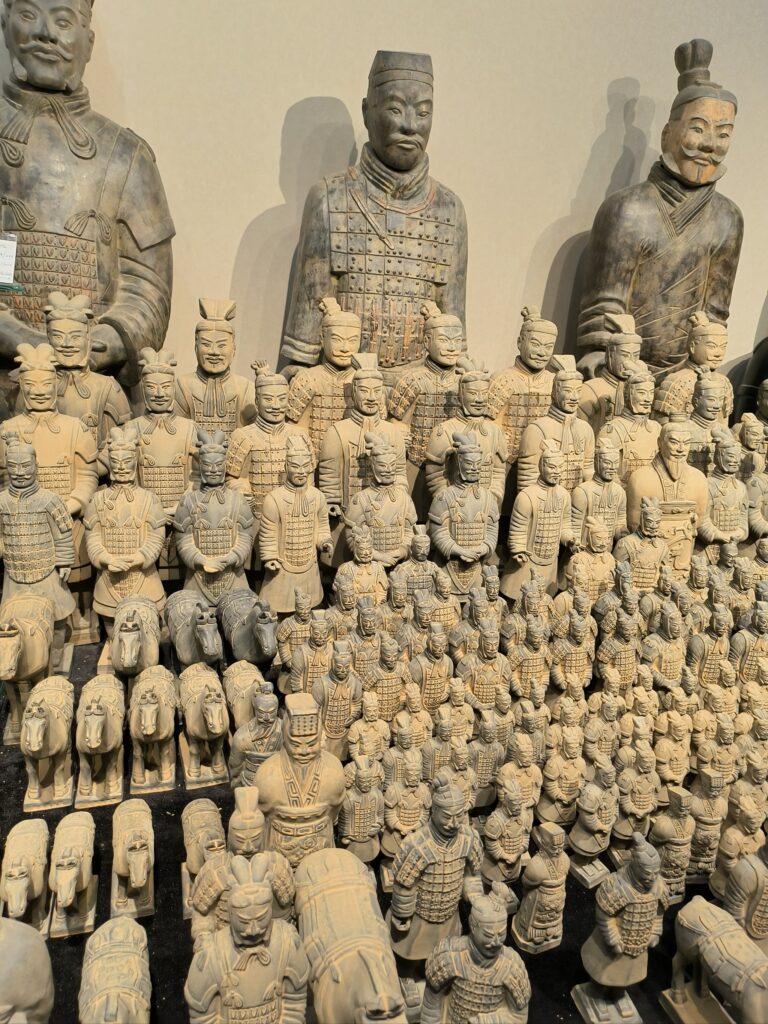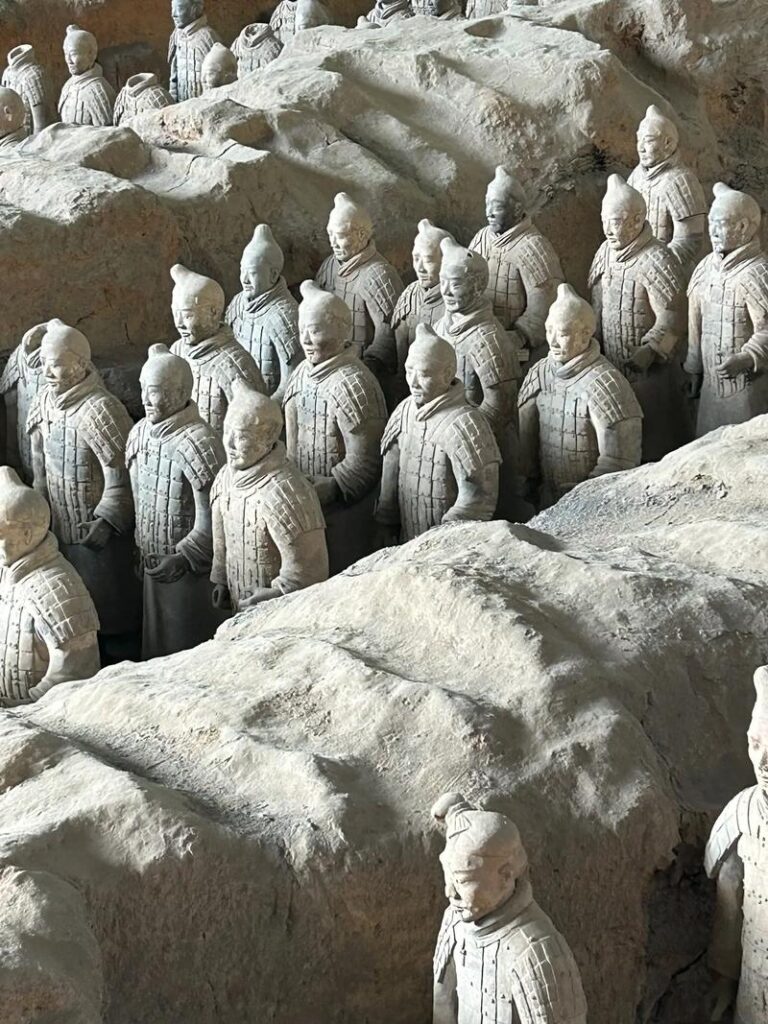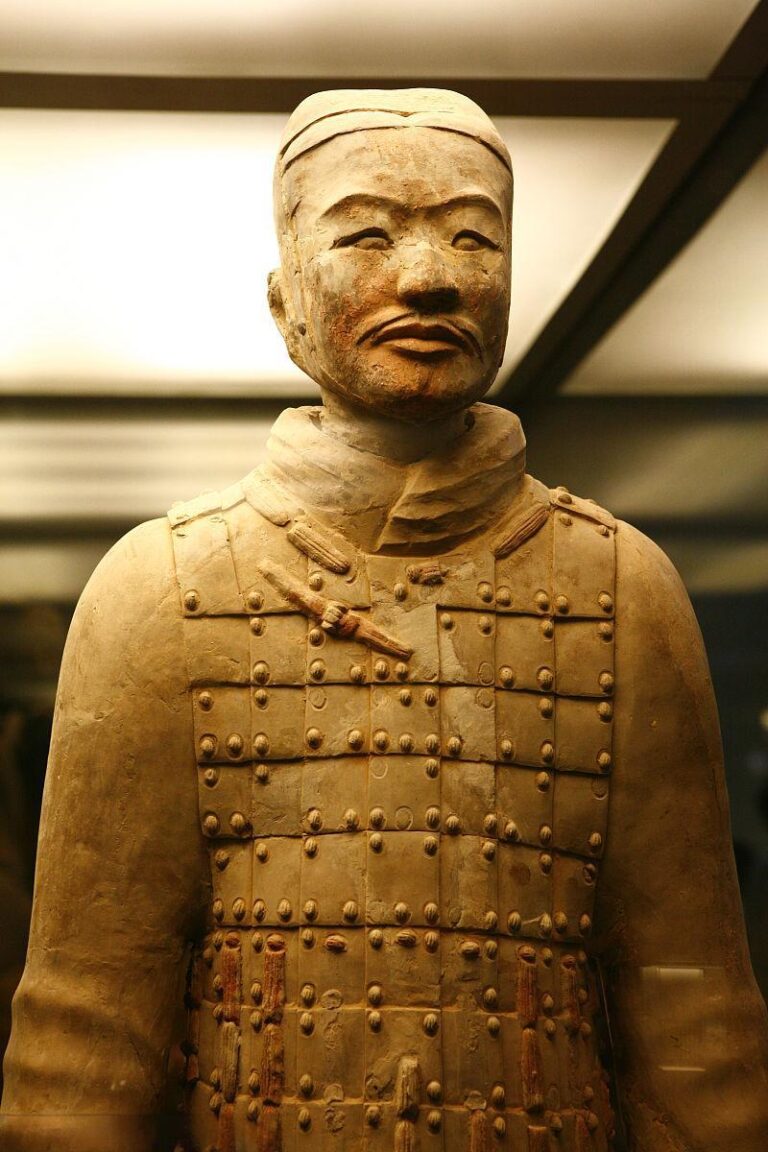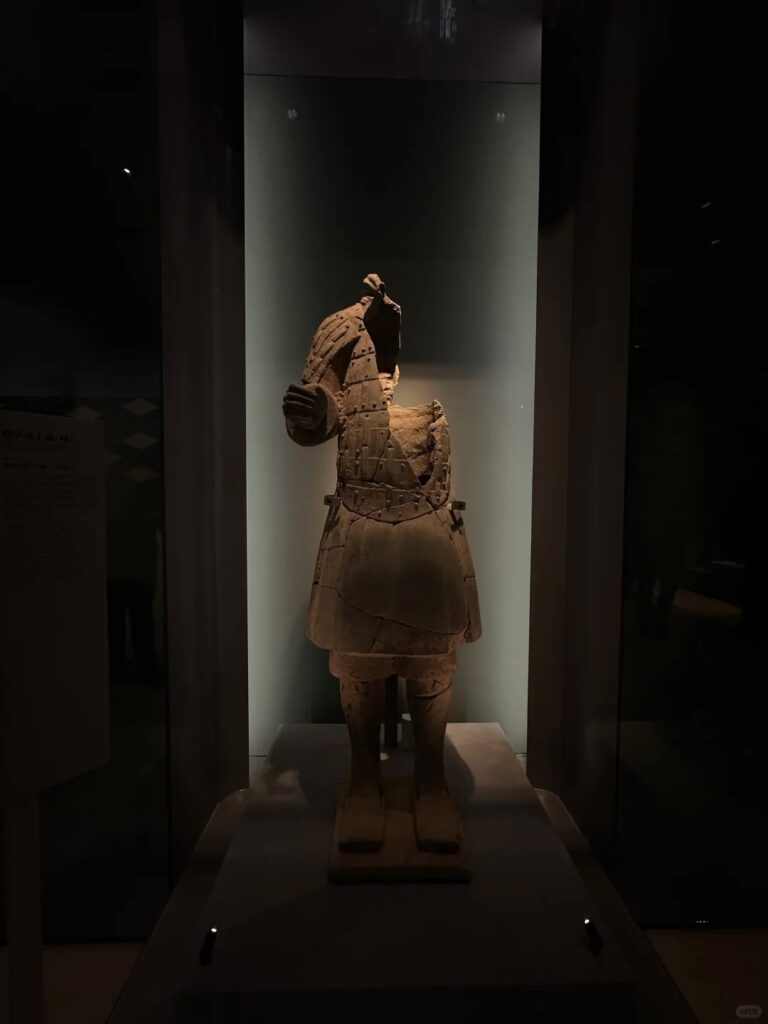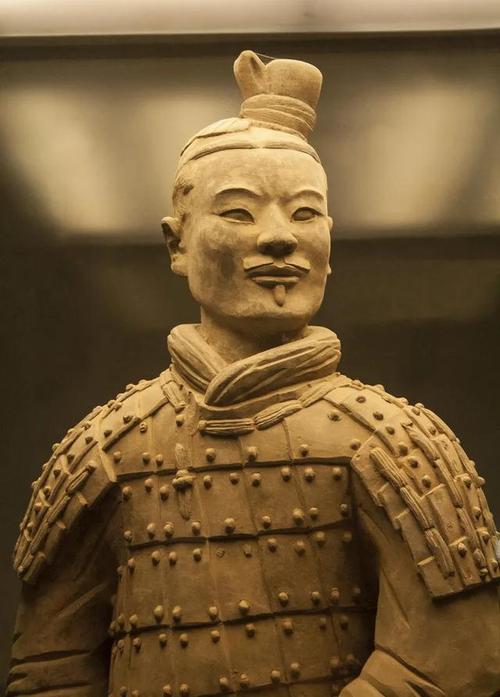Who destroyed the terracotta warriors?
Who Destroyed the Terracotta Warriors? The Untold Story Behind China’s Broken Army
Standing above Pit 1 of the Terracotta Army in Xi’an, you’ll see thousands of shattered clay soldiers. They’re still majestic, but clearly broken. So who wrecked Emperor Qin’s underground army?
History is silent, but the damage speaks loudly. When archaeologists first uncovered the site in 1974, they found a battlefield of destruction:
- Thousands of warriors smashed to pieces
- Faded paint peeling off clay
- Wooden chariots turned to charcoal
- The entire army buried under 16 feet of collapsed earth
This wasn’t an accident. It was a deliberate massacre.
Suspect 1: Nature’s Slow Attack
Time is the most patient destroyer. Over 2,200 years:
- Groundwater seeped in, leaving salt crystals inside the clay. These crystals act like tiny bombs—expanding when wet, shrinking when dry—slowly cracking the warriors.
- The heavy packed-earth ceiling (weighing as much as 300 school buses!) softened by rain, eventually collapsed. Northern sections of Pit 1 show clear evidence of this “cave-in” disaster.
Suspect 2: Human Raiders
Notice the empty weapon racks? Every warrior originally held bronze weapons—spears, swords, crossbows. But today, only 1 in 10 weapons remain.
Why?
- Soil tests show extreme heat damage—walls turned red, soil full of charcoal.
- Bronze arrowheads were found separated from their wooden shafts (which burned away).
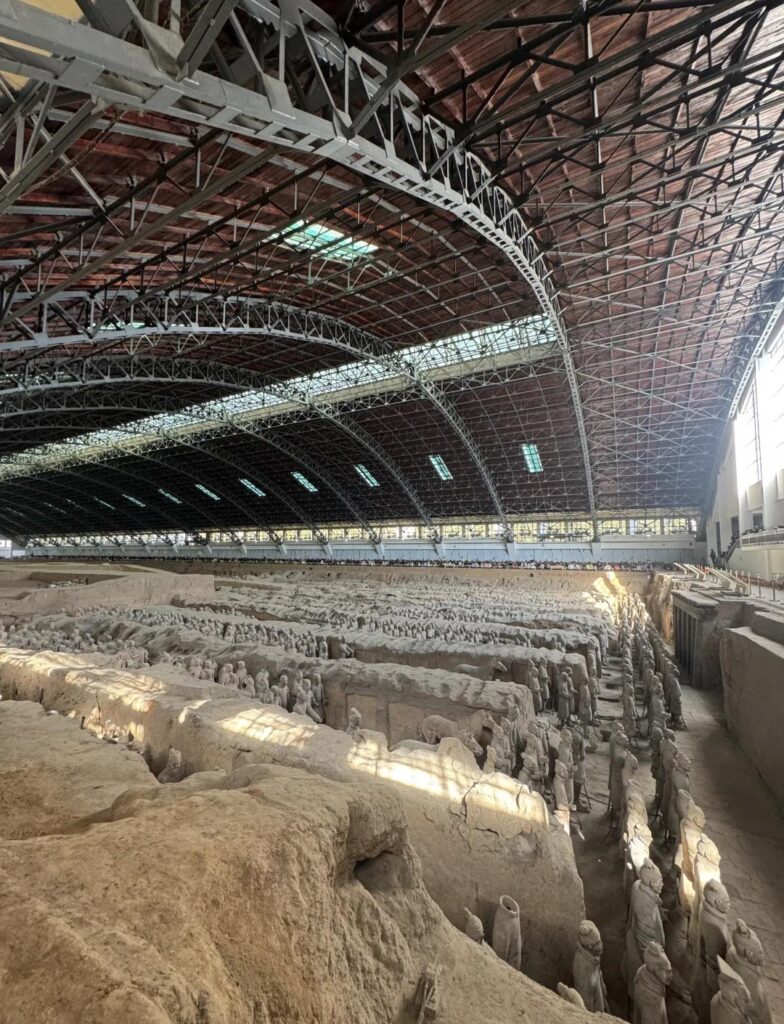
This matches ancient records: Xiang Yu, a rebel general, burned the Qin palaces for three months after conquering the capital in 206 BCE. He likely ordered his troops to:
- Steal valuable bronze weapons
- Burn everything else
Suspect 3: The Avenger
Xiang Yu wasn’t just a thief—he was out for revenge. His family had been killed by Qin armies. When he reached the emperor’s tomb complex, he targeted its most powerful symbols: the Terracotta Army.
Evidence:
- Only the main tomb areas were burned (like the warrior pits). Nearby armor pits were untouched.
- Han Dynasty scholars recorded: “Xiang Yu burned the palaces and dug up [Qin’s tomb].”
The Full Truth (It’s More Complicated!)
New research shows the destruction happened in waves:
- Smash Party: Warriors were pushed over and broken (some heads crushed deliberately—like a ritual).
- Bonfire: Fires were set weeks/months later.
- Scavengers: 200 years after, people snuck in to grab leftover weapons (Han-era coins prove this).
- Final Blow: The roof collapsed, sealing the broken army for centuries.
So Who’s Really Guilty?
In the restoration lab, scientists found surprising clues:
- Human hate: Xiang Yu’s revenge sparked the violence
- Human greed: Raiders stole the weapons
- Nature: Water, salt, and gravity did lasting damage
- Time: Oxidation faded paints; microbes ate organic materials
But the most shocking discovery? Fingerprints of the original sculptors were found in clay cracks! Microscopes revealed tiny weaknesses in the 2,200-year-old clay that eventually became major breaks. The seeds of destruction were baked into the warriors from day one.
How We Save Them Today
Modern conservators battle destruction with:
🛡️ Climate Control: A giant hangar keeps humidity at 60% (like a museum vault)
🦠 Germ Fighters: Anti-mold coatings protect surfaces
🤖 3D Surgeons: Lasers scan fragments; printers make replacement parts
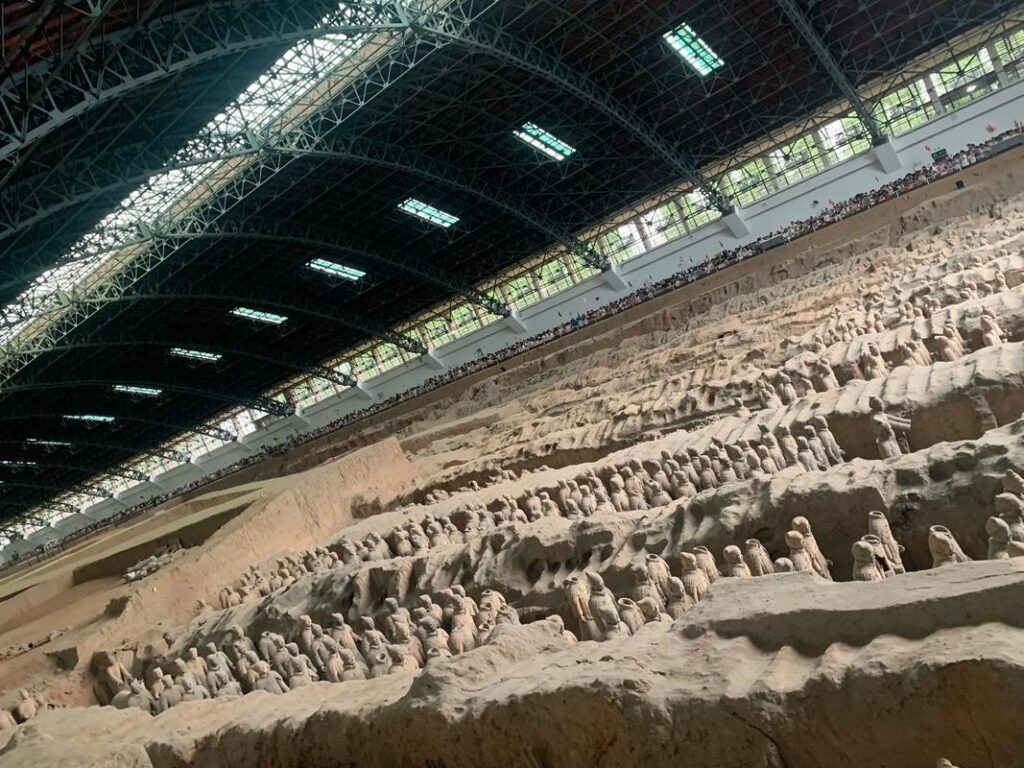
Fun fact: Vibration sensors under your feet detect subway tremors from 1 mile away! Protecting these warriors is a constant fight against nature.
Why Broken Warriors Matter More
Before you leave, look closely at the repaired soldiers:
- Cracks from fire tell us about Qin’s brutal rule
- Missing weapons show human greed never changes
- Collapsed ceilings remind us nature always wins
Archaeologists deliberately leave repairs visible (using plain clay for missing parts). Why? Because the damage is part of their story.
These shattered soldiers teach us something powerful: Great civilizations aren’t remembered for being perfect, but for how they endure brokenness.
As sunset paints the warriors gold, remember: Their cracks are where history’s deepest truths live. Every glued fragment is humanity saying to time: “You won’t erase us.”

